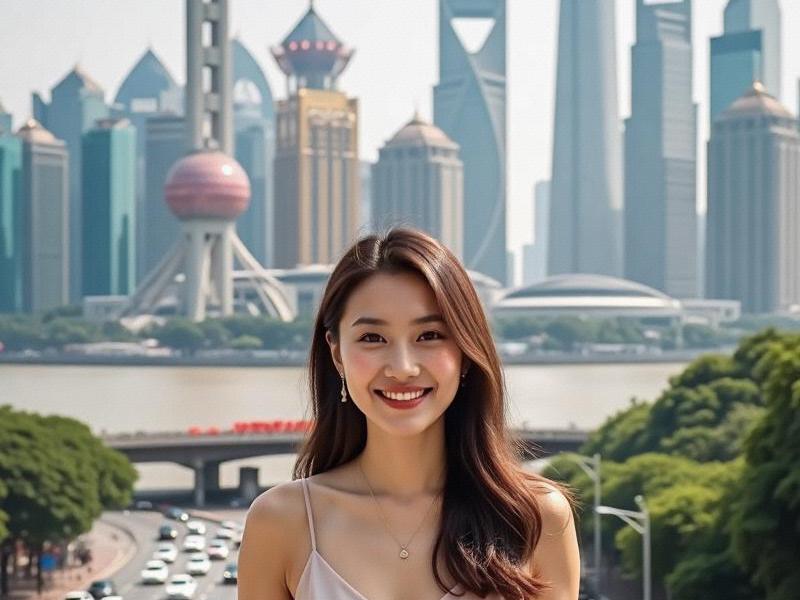Shanghai's Modern Feminine Identity: Where Qipao Meets Streetwear
⏱ 2025-07-03 15:36 🔖 阿拉上海娱乐联盟
📢0℃

Section 1: Historical Context
• The Shanghai Girl archetype through decades
• 1920s qipao revolution and its modern reinterpretations
• Socialist-era femininity and its lingering impacts
• Post-reform era transformation (1980s-present)
Section 2: Contemporary Style Codes
- The "effortless chic" Shanghai look
- Mixing luxury brands with local designers
- Hair trends from sleek bobs to natural waves
- Makeup philosophy: "less is more" with strategic accents
上海龙凤419杨浦 - Footwear revolution: From heels to designer sneakers
Section 3: Beauty Economy
• Domestic cosmetic brands outperforming international labels
• The guochao (national trend) movement in fashion
• Plastic surgery: Subtle enhancements over dramatic changes
• High-tech skincare clinics and treatments
• Influencer marketing and live-stream commerce
Section 4: Cultural Preservation
上海贵人论坛 • Modern qipao adaptations for daily wear
• Traditional Chinese medicine in beauty routines
• Dialect maintenance among young professionals
• Tea culture and female social networks
Section 5: Social Transformation
• Rising female entrepreneurship rates
• Workplace equality progress and challenges
• Delayed marriage trends among educated women
• Single motherhood acceptance
上海龙凤阿拉后花园
Section 6: Global Influence
• Shanghai as Asia's emerging style capital
• International brands adapting to local tastes
• Homegrown designers gaining global recognition
• Cross-cultural fashion collaborations
Conclusion:
Shanghai women continue redefining feminine identity in 21st century China, creating a model that embraces both modernity and tradition. Their evolving style and social progress offer insights into China's broader cultural transformation.
The Velvet Rope Revolution: How Shanghai's Elite Clubs Are Redefining Nightlife LuxuryShanghai: A Vibrant Metropolis Where Tradition Meets Modernity【午夜奏鸣曲】——解码上海娱乐会所的三重空间叙事The Evolution and Flourishing of Shanghai's Leisure Clubs: A Glimpse into the City's Dynamic Lifestyle Scene"Tides of Change: How Shanghai Reshapes the Yangtze River Delta Ecosystem""Shanghai 2025: Where Future Meets Tradition in China's Most Dynamic Metropolis"Shanghai's Green Transformation: How the City is Leading China's Eco-Friendly RevolutionShanghai's Nightlife Renaissance: How Luxury Clubs Redefine Urban Entertainment【潮汐之城】上海与周边七城的量子纠缠"Yangtze Delta Renaissance: How Shanghai and Its Satellite Cities Are Creating China's Most Dynamic Metropolitan Region"

